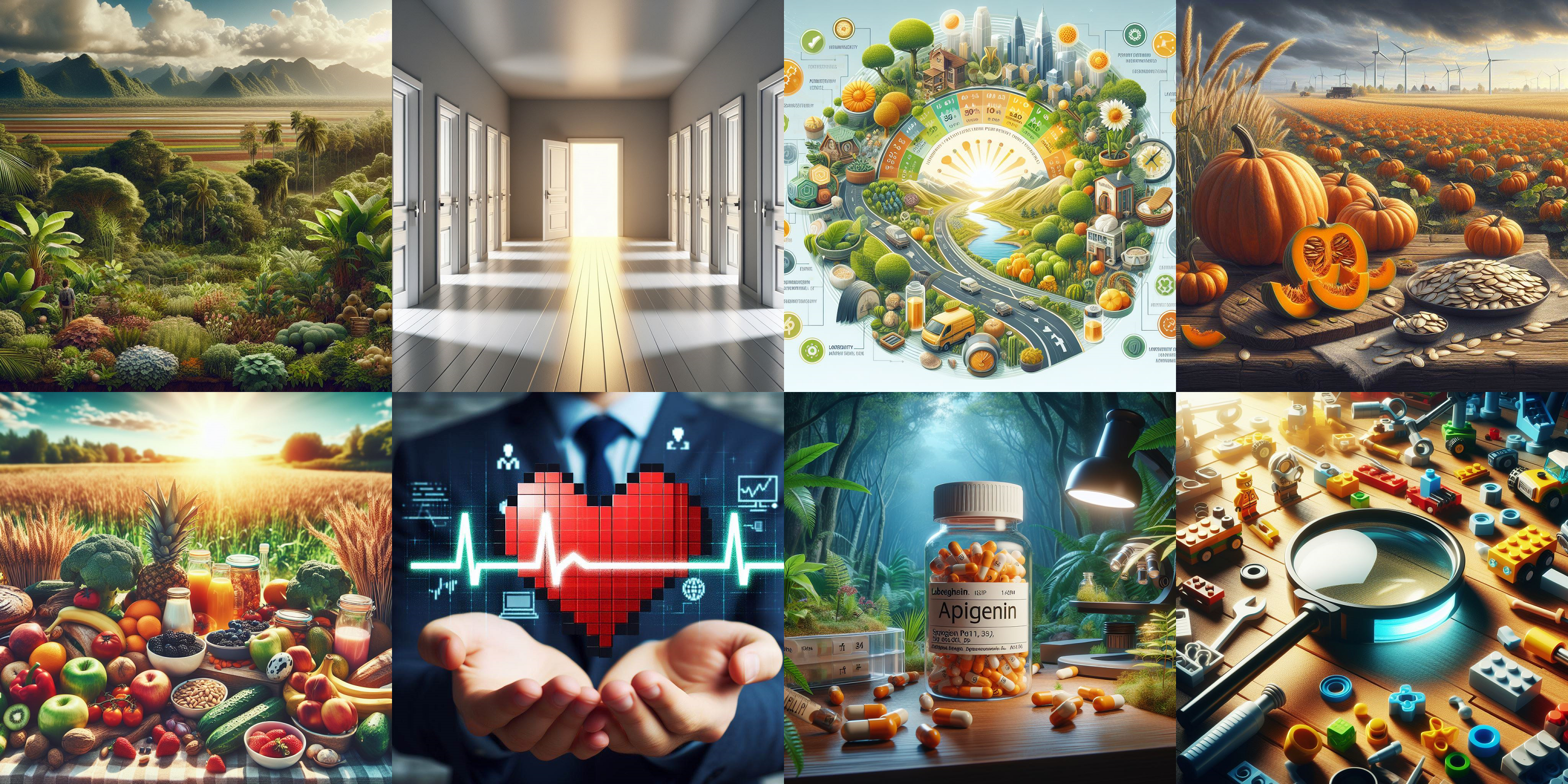The vegetables in the same family as arugula ("Brassicaceae") are recognized as some of the healthiest foods in the world, but many of them contain high amounts of antinutrients. While there is a considerable amount of oxalic acid in foods such as spinach, chard and beet greens, in a research paper they did
not report any in arugula. While kale also hardly has any, it "can deplete iodine". Furthermore, Environmental Working Group's "Dirty Dozen" includes "spinach" and "kale, collard & mustard greens" as the most pesticide-contaminated produce after strawberries. It's a good idea to consume with something that contains fat, such as olive oil.
Checklist:
•Source of significantly more nitrate than other vegetables, alongside ample synergizing potassium
•Minimal antinutrients with resultingly better mineral availability
•Cooking not necessary unlike many foods; able to retain some things like vitamin C
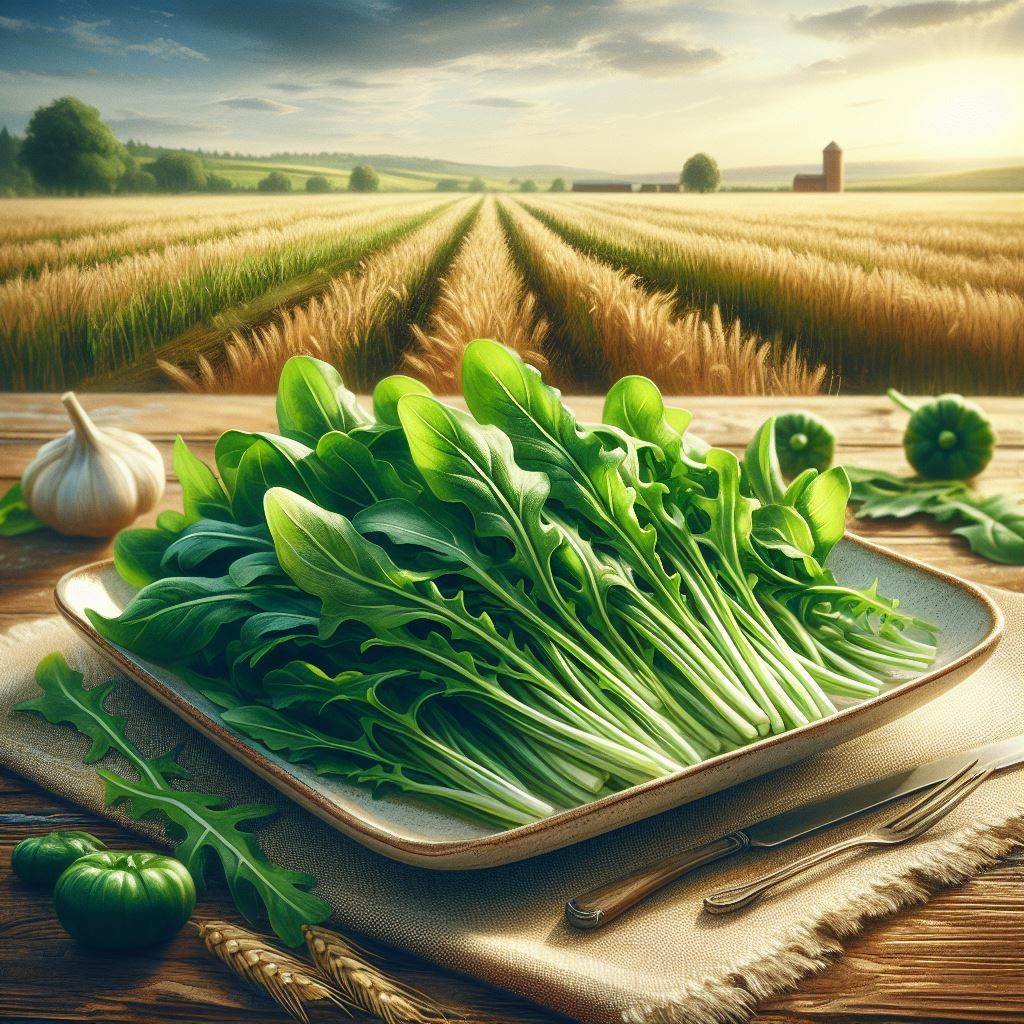
Many sources consider nuts to be one of the best disease-averting foods, but many other types of nuts have lots of antinutrients (in this case lectins). While both in many ways are considered the best, there are measurements where walnuts slightly edge pecans when it comes to things like antioxidants. To further distinguish these nuts, peanuts (although not technically a nut) may contain aflatoxin and readily absorb pesticides.
Checklist:
•Measured to be the most effective at inhibiting cancer cells on contact of any nut
•Minimal antinutrients
•Contains a vast array of healthy nutrients like polyphenols and polyamines, including an antioxidant considered unique to walnuts
•Have been demonstrated to attenuate the effects of an unhealthy meal
•These walnuts are an example of of sprouted, organic, and the aforementioned "English walnut" type

Sunflower & pumpkin seeds have concentrated amounts of many different kinds of nutrients. Fortunately, the issue of being a source of antinutrients can be attenuated by approaches such as "sprouting" them. They are a source of a vast amount of minerals, including the often scarce but essential magnesium & zinc alongside their associated cofactors. They make the tops of numerous lists of the best sources of many different nutrients.
Checklist:
•From a USDA list, pumpkin seeds are referred to as the best source of magnesium
•Both sunflower & pumpkin seeds are a great source of vitamin E, potassium, and vast amounts of minerals
•Here is an example of a mix of sunflower & pumpkin seeds that are sprouted & organic, and another example of really great pumpkin seeds
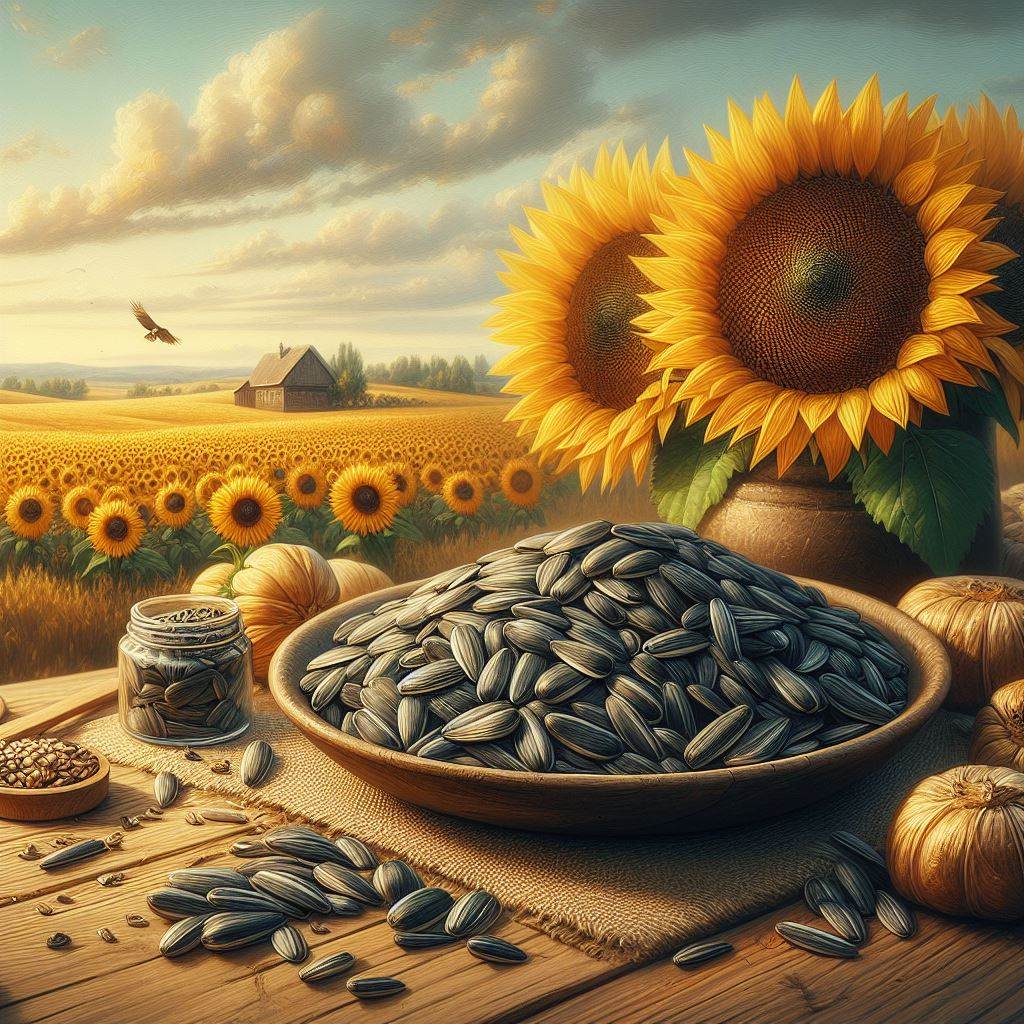
Parsley is one of the foods having the highest amount of apigenin, a molecule of interest regarding anti-aging and is attributed with a wide range of health benefits. It is considered to have a high amount of oxalic acid, however. They are a source of very high amounts of vitamin K & beta-carotene (which acts as a provitamin A), and meaningfully high levels of vitamin C, folic acid, & potassium, as well as lots of minerals. A toxin called aflatoxin that may be present in peanuts (even organic) may be blocked/ameliorated by eating parsley (or carrots or celery).
Checklist:
•Cooking not necessary unlike many foods, so it is able to retain some things like vitamin C
•As it is a concentrated source of useful nutrients, not a lot of it is necessary for health benefits
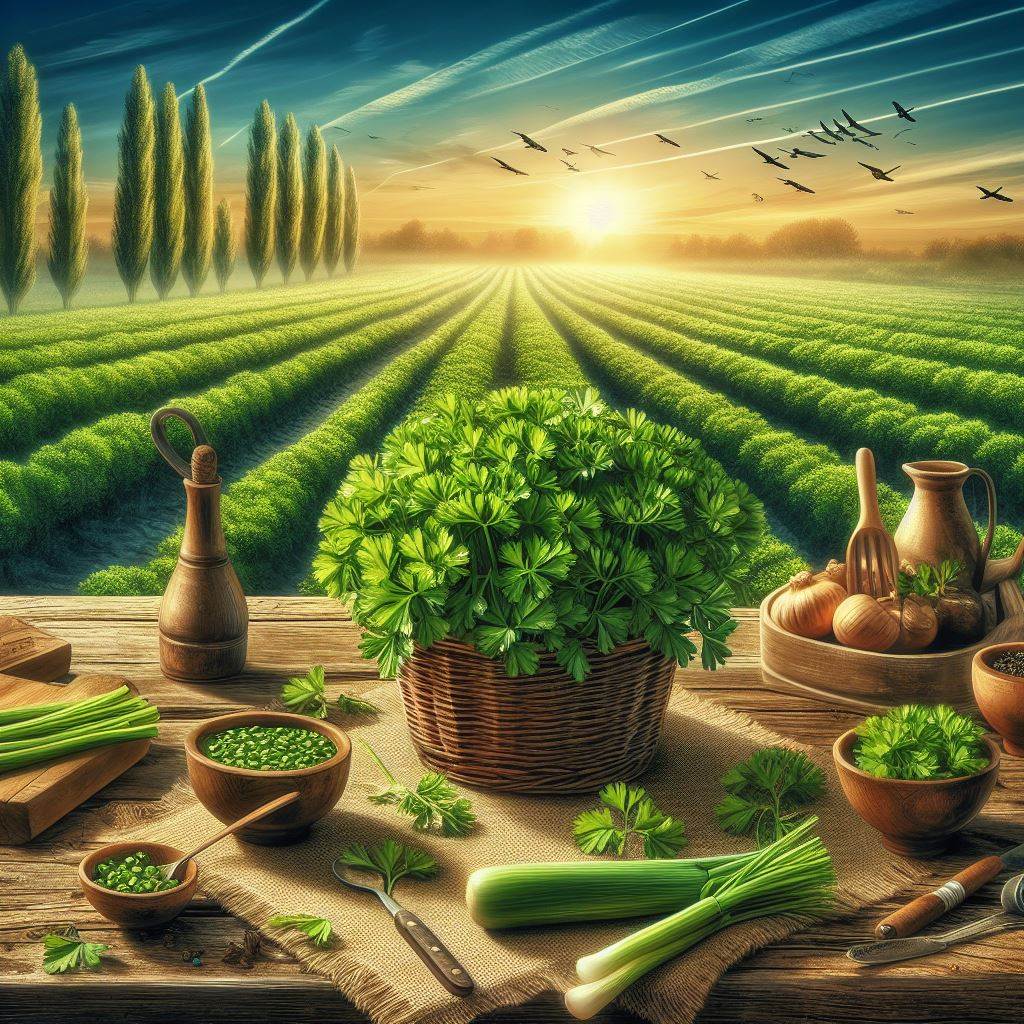
Olive oil can have lots of benefits for health and is considered to be good for anti-aging as described by David Sinclair. They have omega-3 fatty acids. Proponents of olive oil as one of the healthiest foods include Bryan Johnson. One caveat is many types of olive oil are fake (diluted with other oils, rancid, and in some cases do not contain any olive oil at all).
Checklist:
•Part of the aforementioned Mediterranean diet
•Minimal antinutrients
•Bryan Johnson has a video considering it the best food for anti-aging
•An example of a legitimate, top quality olive oil is this one
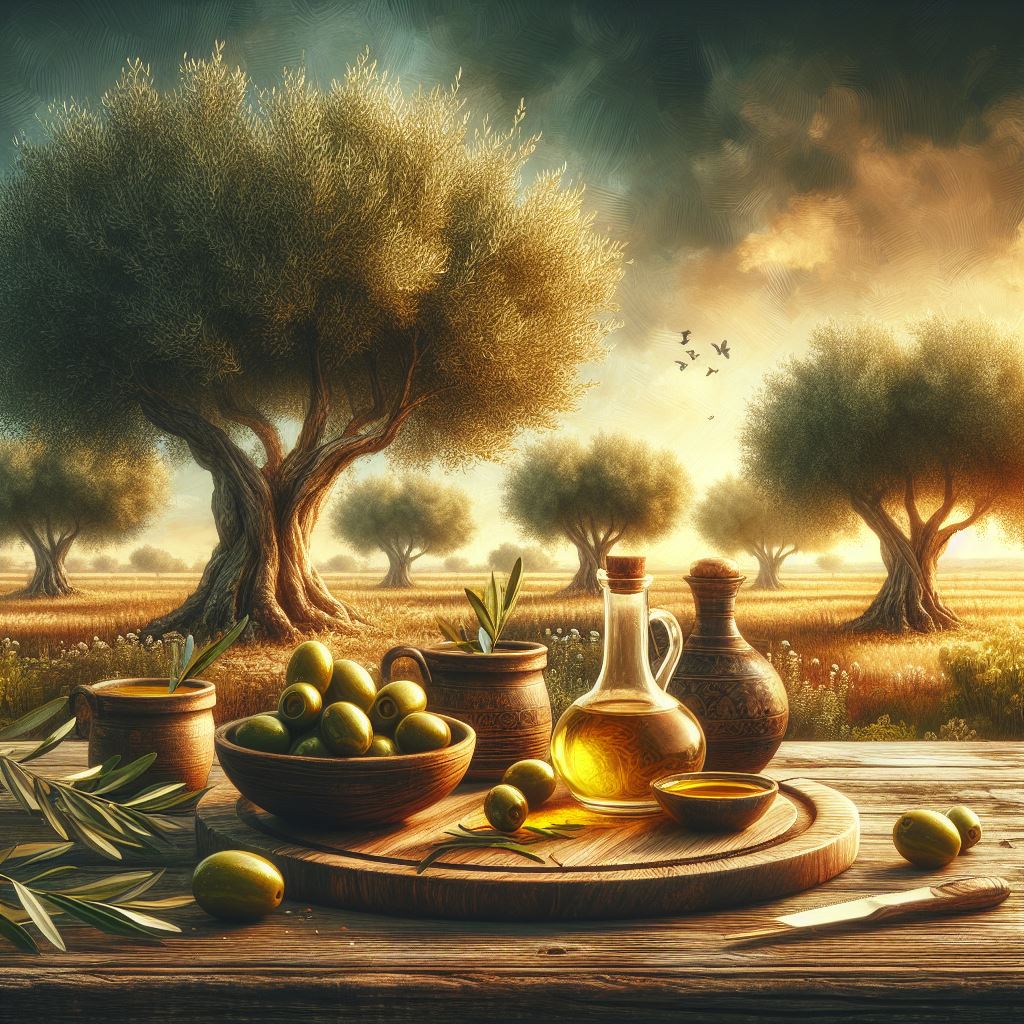
Garlic is understood to have powerful and multifaceted anticancer properties. It is also considered to have anti-bacterial and anti-viral properties as well. It is also low in antinutrients. It has exhibited measurable protection when simultaneously consuming harmful dietary molecules (and more on cancer). Caution is warranted as skin exposure to garlic can cause "second-degree burns".
Checklist:
•Minimal antinutrients
•Exceptional benefits observed when it comes (and more information) to many different cardiovascular health metrics
•Cooking not necessary unlike many foods, so it is able to retain some things like vitamin C

Adding lemon juice to water can upgrade it in many ways, such as by adding electrolytes which can make it more hydrating. The water dilutes the acid that would otherwise be associated with damage to teeth. There is research (including this list here) listing the beneficial effect lemon consumption can have when it comes to disease states, including cancer & diabetes .
You may have not already been aware but caution is warranted as the combination of UV light from the sun and some plant substances (including lemon juice, among many others) can result in skin damage referred to as "phytophotodermatitis" (this is more info about it). Conversely, it's consumption has been attributed to many skin health benefits, such as in this research article.
Checklist:
•There is a a lot of praise in research regarding the metabolites present in citrus
•Citrus fruits contain a particular molecule of interest to health, hesperidin
•Much lower sugar than other juices, such as orange juice
•It's a versatile drink ingredient that can be combined with others considered to be healthy, such as apple cider vinegar
•As with vitamin C in general, can assist with increasing iron absorption, such as in this case associated with chickpeas
•There is also research about how it relates to aging in this article








